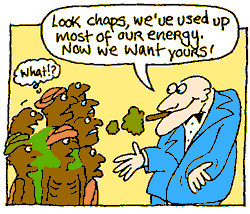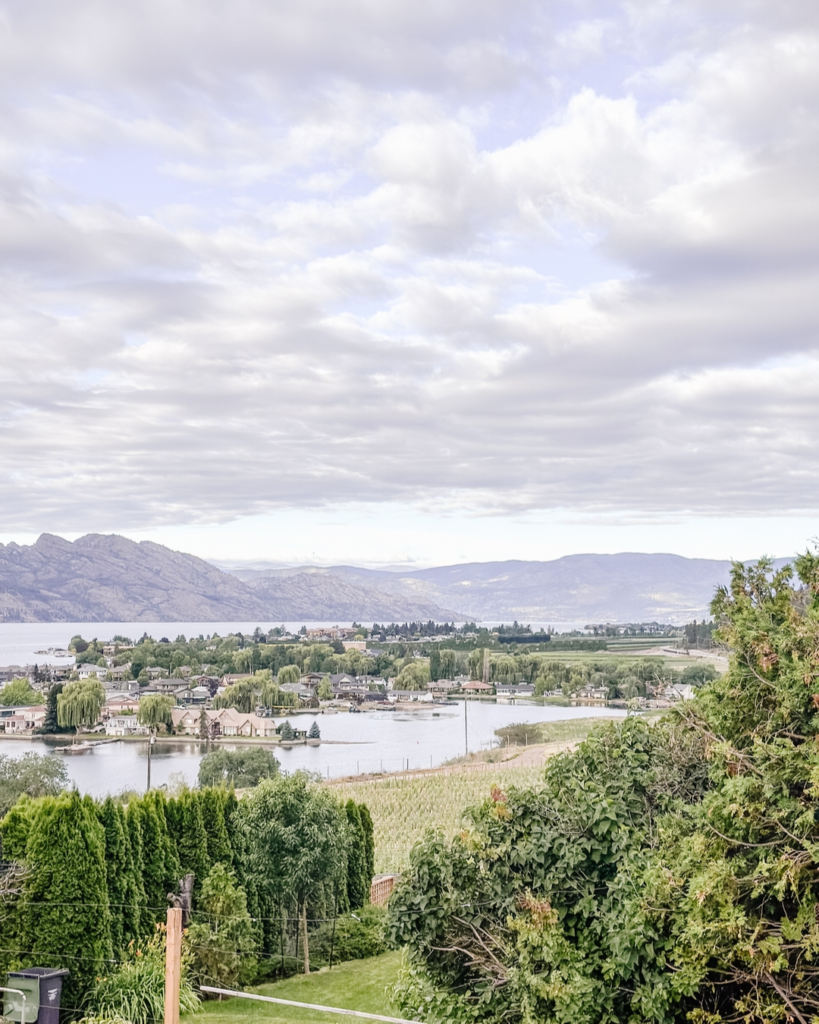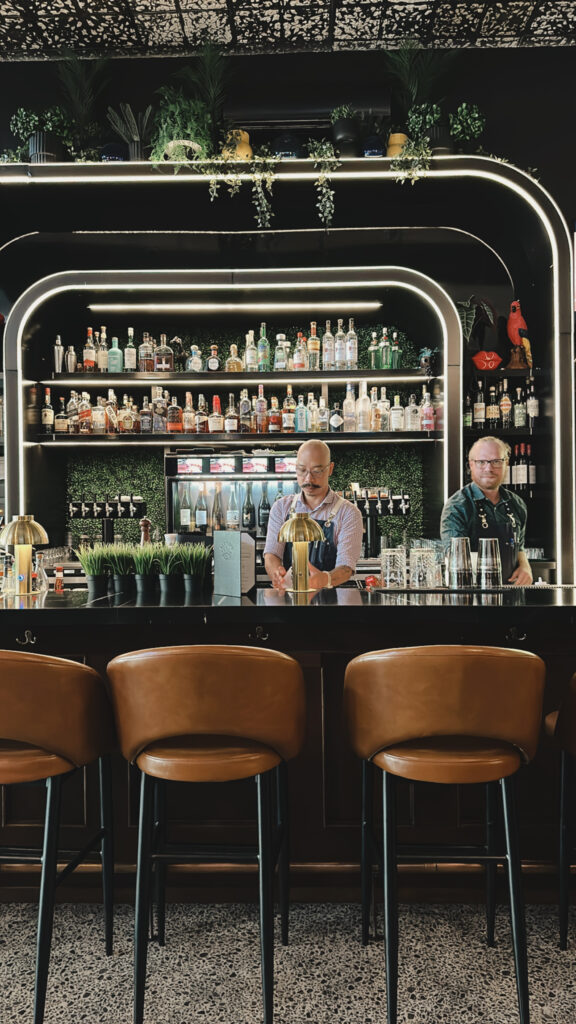Climate Justice and Equity — Global Issues
Author and Page information
- This page: https://www.globalissues.org/article/231/climate-justice-and-equity.
- To print all information (e.g. expanded side notes, shows alternative links), use the print version:
On this page:
Why Don’t Poor Countries Have Emission Reduction Targets?
Global warming is primarily a result of the industrialization and motorization levels in the OECD countries, on whom the main onus for mitigation presently lies.
It has long been accepted that those industrialized nations that have been industrializing since the Industrial Revolution bear more responsibility for human-induced climate change. This is because greenhouse gases can remain in the atmosphere for decades.
With a bit of historical context then, claims of equity and fairness take on a different meaning than simply suggesting all countries should be reducing emissions by the same amount. But some industrialized nations appear to reject or ignore this premise.
Common goal but different responsibilities
the US complained about the apparent unfairness in the Kyoto Protocol, which doesn’t commit developing nations to the same levels of reductions in global warming pollutants.
However, what Washington has not mention is that the developing nations are NOT the ones who have caused the pollution for the past 150 or so years and that it would be unfair to ask them to cut back at for the mistakes of the currently industrialized nations.
Today’s Rich nations are responsible for global warming
Greenhouse gases stay in the atmosphere for decades. It is rarely mentioned in Western mainstream media, but has been known for a while, as the Delhi-based Centre for Science and Environment (CSE) noted back in 2002:
Industrialized countries set out on the path of development much earlier than developing countries, and have been emitting GHGs [Greenhouse gases] in the atmosphere for years without any restrictions. Since GHG emissions accumulate in the atmosphere for decades and centuries, the industrialized countries’ emissions are still present in the earth’s atmosphere. Therefore, the North is responsible for the problem of global warming given their huge historical emissions. It owes its current prosperity to decades of overuse of the common atmospheric space and its limited capacity to absorb GHGs.
And of course, this was enshrined in the common but differentiated responsibilities
principle a decade before that.
It is unfair to expect the third world to make emissions reductions to the same level as rich nations


According to a Christian Aid report (September 1999), industrialized nations should be owing over 600 billion dollars to the developing nations for the associated costs of climate changes. This is three times as much as the conventional debt that developing countries owe the developed ones.
As the above-mentioned WRI report also adds: Much of the growth in emissions in developing countries results from the provision of basic human needs for growing populations, while emissions in industrialized countries contribute to growth in a standard of living that is already far above that of the average person worldwide. This is exemplified by the large contrasts in per capita carbons emissions between industrialized and developing countries. Per capita emissions of carbon in the U.S. are over 20 times higher than India, 12 times higher than Brazil and seven times higher than China.
As the above-mentioned CSE also adds:
Developing countries, on the other hand, have taken the road to growth and development very recently. In countries like India, emissions have started growing but their per capita emissions are still significantly lower than that of industrialized countries. The difference in emissions between industrialized and developing countries is even starker when per capita emissions are taken into account. In 1996, for instance, the emission of 1 US citizen equaled that of 19 Indians.
(The slight difference in emissions capita quoted by the sources above are due to the differences in the date of the data and the changes that had taken place between.)
Furthermore, many emissions in countries such as India and China are from rich country corporations out-sourcing production to these countries. Products are then exported or sold to the rich. Yet, currently, the blame
for such emissions are put on the producer not the consumer. It is not a clear-cut issue though, as some producers create products and try to market them to consumers to buy, while other times, there is a market/consumer demand for certain products. Companies who can try to avoid more regulation and higher wages in richer countries may attempt to off-shore such production. As discussed on this site’s consumption section, some 80% of the world’s resources are consumed by the wealthiest 20% of the world (the rich countries). This portion has been higher in the past, suggesting that those countries should therefore bear the brunt of the targets. This issue is discussed in more detail in various part of this site’s trade and economic issues section.
Developing countries will also be tackling climate change in other ways
Furthermore, many developing nations are already providing voluntary cuts and as they become larger polluters, they too will be subject to reduction mechanisms.
A 2002 report from the Pew Center for example, highlights how key developing nations have been able to significantly reduce their combined greenhouse gas emissions by some 19 percent, or 300 million tons a year, with possibly another 300 million tons by 2010. Those nations are Brazil, China, India, Mexico, South Africa, and Turkey.
Various efforts reported by Pew included:
- Market and energy reforms to promote economic growth;
- Development of alternative fuels to reduce energy imports;
- Aggressive energy efficiency programs;
- Use of solar and other renewable energy to raise living standards in rural locations;
- Reducing deforestation;
- Slowing population growth; and
- Switching from coal to natural gas to diversify energy sources and reduce air pollution.
This shows that the rich nations can and should be able to do so as well.
An earlier report in 2000 from the WRI also notes that developing countries are already taking action to limit emissions (emphasis original).
In a report, earlier still (1999), WRI also noted that:
These and many, many other related issues have hardly received detailed coverage either at all, or at least at the same time as the coverage of US reasons for backing out of Kyoto. Hence it is understandable why many US citizens would agree with the Bush Administration’s position on this, for example.
See this site’s section on climate change negotiations and actions and trade related issues for more on some of these aspects.
Politics and Interests
At the time of the end of the CoP-8 climate change conference, what appears to be a change in principle by the European Union, towards the position of the developing countries has emerged. That is, as Centre for Science and Environment (CSE) comments, Denmark, currently president of the European Union, announced yesterday [October 31, 2002] that developing countries would not get any money for adapting to climate change until they start discussing reduction commitments.
Not only can this be described as blackmail, as CSE also highlight, but in addition, rich nations themselves have shied away from their commitments, amounting to hypocrisy.
As CSE continued, Adaptation funds have been on the negotiations agenda for several years now. Industrialized countries, including progressive countries like Denmark, have run away from committing anything concrete, and developing countries have not been able to pin down any liability on them.
(CSE has also been critical of leaders in developing countries who are equally to blame for encouraging the perception that they can be bought
appearing to respond to money only such, giving an opportunity for some rich nations to exploit that.)


Economics and political agendas always makes it difficult to produce a treaty that all nations can agree to easily. The wealthier and more powerful nations are naturally able to exert more political clout and influence. The US, for example, has pushed for different solutions that will allow it to maintain its dominance. An example of that is trading in emissions, which has seen a number of criticisms.
The way current climate change negotiations have been going unfortunately suggests the developed world will position themselves to use the land of the developing and poor nations to further their own emissions reduction, while leaving few such easy options for the South, as summarized by the following as well:
Investments in
carbon sinks(such as large-scale tree plantations) in the South would result in land being used at the expense of local people, accelerate deforestation, deplete water resources and increase poverty. Entitling the North to buy cheap emission credits from the South, through projects of an often exploitative nature, constitutescarbon colonialism. Industrialised countries and their corporations will harvest thelow-hanging fruit(the cheapest credits), saddling Southern countries with only expensive options for any future reduction commitments they might be required to make.
Savingthe Kyoto Protocol Means Ending the Market Mania, Corporate Europe Observatory, July 2001
More Information
For more information on this, you can start at the following links:
- Equity Watch from Delhi-based Centre for Science and Environment.
- Climate Justice section of a scathing report on business interests in climate negotiations from the Corporate Europe Observatory.
- Equity—Bottom line or wishful thinking? from a report from PANOS on the Climate Change Convention.
- This web site’s section on the Kyoto conference that looks more at the issue of developing countries and the US position.
- Climate Justice from CorpWatch heavily criticizes corporate interests and influence in climate negotiations.
- Christian Aid goes as far as criticizing the Kyoto protocol as a fraud because of the unfairness by rich countries. As they point out:
- 4.5 per cent of the world’s population lives in the USA and emits 22 per cent of the world’s greenhouse gases.
- 17 per cent of the world’s population lives in India and emits 4.2 per cent of the world’s greenhouse gases.
- Britain emits 9.5 tonnes of carbon dioxide per person per year, while Honduras emits 0.7 tonnes per person.
- The world’s poorest countries account for just 0.4 per cent of carbon dioxide emissions. 45 per cent of the world’s carbon dioxide emissions are produced by the G8 countries alone.
- EcoEquity provides a number of articles and commentary.
Author and Page Information
- Created:
- Last updated:




















































